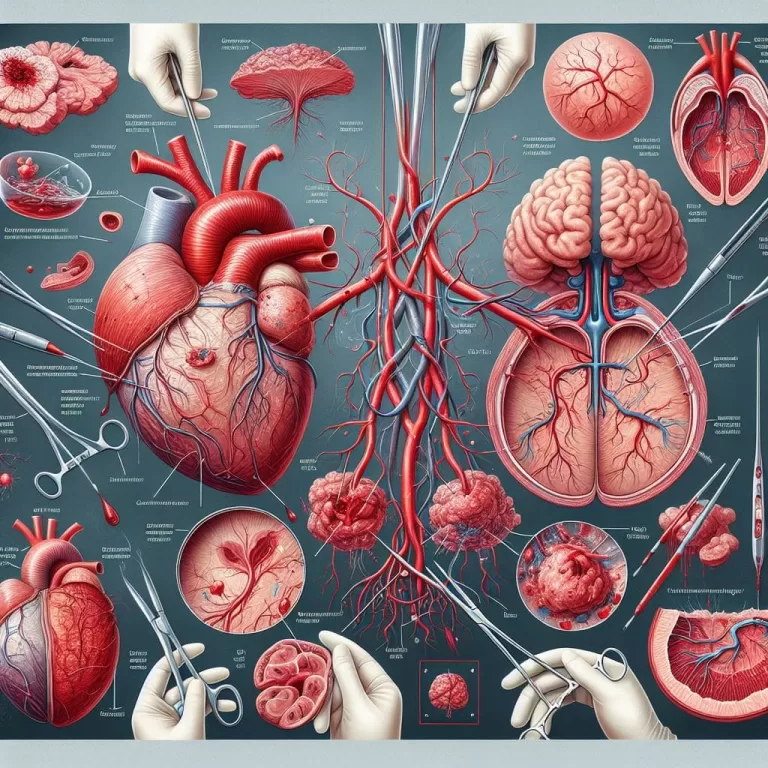Embolization
**Embolization**
Embolization, a crucial interventional radiology procedure, involves the deliberate blockage of blood vessels to treat a wide range of medical conditions. This minimally invasive technique utilizes embolic materials to occlude blood flow to targeted arteries or veins, often addressing life-threatening situations or providing therapeutic benefits.
Embolization offers versatility in treating various conditions, including:
– **Uterine Fibroids:** Embolization cuts off blood supply to fibroids, shrinking and alleviating their symptoms.
– **Varicose Veins:** Blocking blood flow in varicose veins redirects it to healthier veins, reducing pain and improving circulation.
– **Prostate Enlargement:** Embolizing arteries supplying the enlarged prostate reduces its size, easing urinary problems.
– **Hepatic Arteriovenous Malformations (HAVMs):** Embolization prevents abnormal blood flow from the hepatic artery to the portal vein, treating HAVMs.
– **Tumors:** Embolization can shrink tumors by blocking blood flow that feeds their growth.
The procedure itself is typically performed under local anesthesia or conscious sedation. A thin catheter is guided through the arteries or veins to the target area, where embolic materials such as coils, particles, or liquid agents are deployed to block blood flow.
Embolization offers numerous advantages over traditional surgery, including reduced trauma, faster recovery times, and fewer complications. It provides a safe and effective treatment option for a variety of medical conditions, making it a valuable tool in the field of interventional radiology.
Arteriovenous Malformation (AVM) Surgery: Comprehensive Overview

Three kinds of surgery are capable of treating an arteriovenous malformation, a tangle of blood vessels that impedes blood flow. An arteriovenous malformation (AVM) is a rare, noncancerous entanglement of blood vessels that prevents blood from flowing between your arteries…
